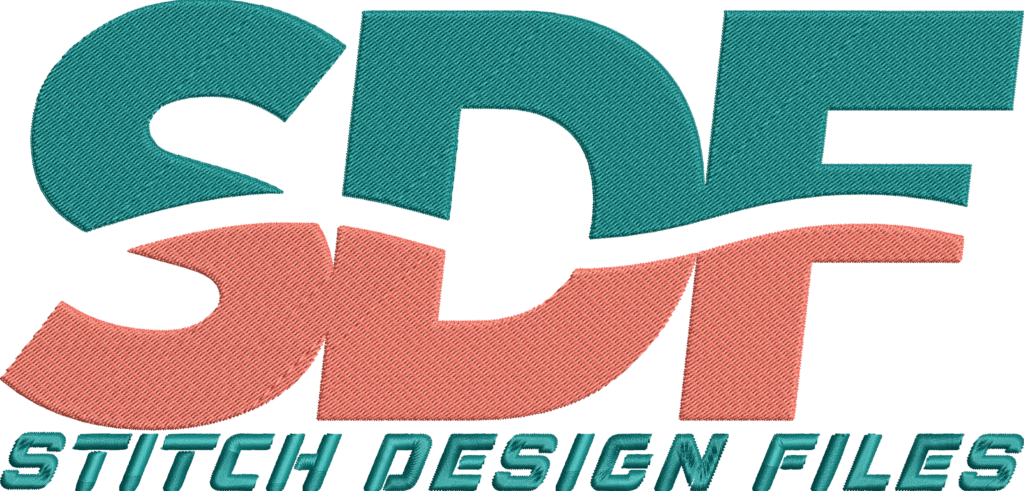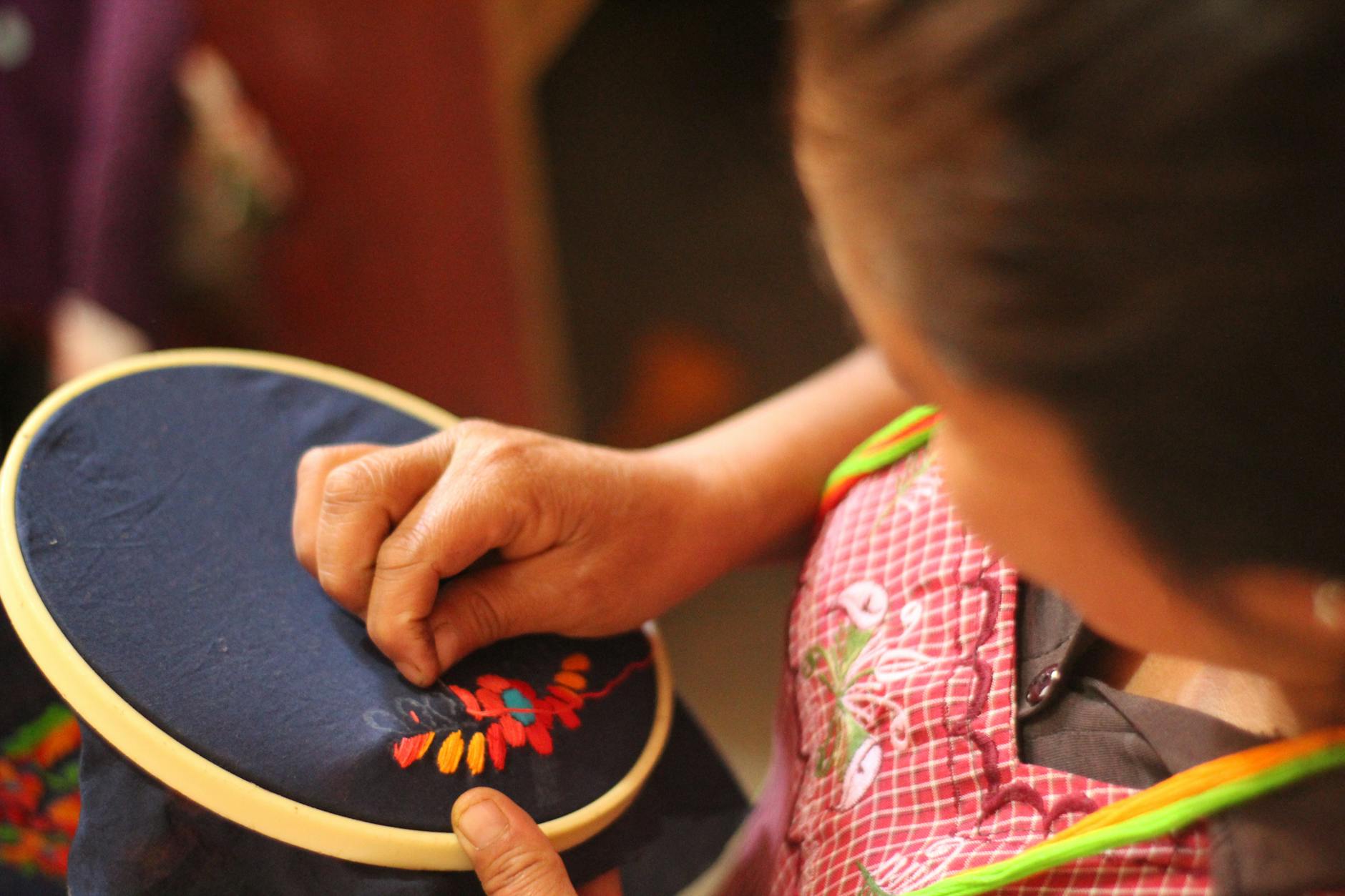No products in the cart.
Embroidery Tips & Guides
How to Use In the Hoop Machine Embroidery Designs
How to Use In the Hoop Machine Embroidery Designs
In the hoop embroidery is a specialized technique that completes entire embroidery projects entirely within the embroidery machine hoop. This method streamlines the crafting process by allowing the creation of functional, decorative items without additional sewing. Understanding how to use in the hoop machine embroidery designs effectively can enhance productivity and creativity for hobbyists and small business owners alike.
- In the hoop embroidery completes projects fully inside the embroidery hoop, minimizing manual assembly.
- Selecting appropriate embroidery designs file formats ensures compatibility and smooth machine operation.
- A step by step embroidery approach guides users through color changes, fabric placement, and finishing touches.
- In the hoop embroidery offers practical, creative solutions for making items like pouches, ornaments, and magnets.
- Proper knowledge of machine embroidery tutorial techniques improves results and efficiency when using embroidery machines.
Introduction to In the Hoop Embroidery
In the hoop embroidery (ITH) is a valuable method for individuals and small businesses aiming to produce complete embroidered projects quickly and with professional results. By executing all stitching steps within a single hooping, this technique reduces the need for sewing tubs or hand assembly after embroidery. It benefits crafters with embroidery machines such as Brother or Cricut-compatible systems who seek efficient workflows and creative project options. Using ITH designs helps to maximize the creative potential of embroidery machines, especially when paired with the correct file formats and a structured, step by step embroidery process.
Definitions and Key Explanations
In the hoop embroidery is a method where the entire project, from stitching the design to assembling functional pieces, is completed using only the embroidery machine hoop. Unlike traditional embroidery where fabric is stitched and later sewn or assembled, ITH projects finish inside the hoop, yielding items like pouches, coasters, or ornaments in one process.
Embroidery designs file formats refer to the digital files compatible with specific embroidery machines. Common formats include PES, JEF, DST, HUS, and XXX. Each format contains stitching commands and color change information vital for precise machine operation during in the hoop embroidery.
Step by step embroidery outlines a sequential guide, often including a color change sheet, that assists users in following stitching phases, confirming material placement, and completing finishing touches in a structured manner.
Using embroidery machines efficiently requires understanding machine-specific instructions, file compatibility, hoop sizes, stabilizer choices, and fabric handling techniques. Mastery of these components facilitates superior results in in the hoop embroidery.
Practical Use Cases of In the Hoop Embroidery
In the hoop embroidery is ideal for producing a wide range of projects that serve both decorative and functional purposes. Common use cases include:
- Pouches and Bags: Fully constructed coin purses, wristlets, and pouch organizers can be completed entirely within the hoop space, delivering seamless, professional items with minimal post-embroidery work.
- Ornaments and Decorations: Seasonal or themed ornaments are a popular ITH project type, allowing simple addition of embellishments like ribbons or appliqués integrated during embroidery.
- Magnets and Keychains: Small, sturdy items such as embroidered magnets or keychains are practical and marketable, suitable for crafters looking to diversify their offerings.
- Coasters and Home Accessories: Functional home décor items that combine embroidery artistry and usability.
For example, users can personalize items like a pouch for storing embroidery tools. Utilizing in the hoop embroidery streamlines construction, allowing crafters to focus on design customization and finishing details. The availability of free and affordable designs broadens project variety.
Benefits for Embroidery Enthusiasts and Small Businesses
In the hoop embroidery offers significant advantages for hobbyists and small business entrepreneurs. These benefits include:
- Efficiency: Completing entire projects in one hooping reduces the time required for assembly and finishing.
- Professional Results: Precision stitching and assembly within the hoop improve the quality of final items, producing polished products ready for sale or gifting.
- Beginner-Friendly: Clear step by step embroidery tutorials and beginner-level designs allow novices to learn machine embroidery basics with achievable success.
- Creative Variety: Access to diverse embroidery designs file formats supports a broad creative range, letting crafters customize projects for specific markets or personal enjoyment.
- Cost-Effectiveness: Reduced need for sewing equipment, tools, and additional materials lowers overall production costs.
This method aligns well with embroidery machines from popular brands like Brother and systems compatible with Cricut software. Selecting designs suited for specific hoop sizes ensures smooth machine operation and prevents fabric shifting. Additionally, instructive machine embroidery tutorials are available to help users navigate transfer processes, fabric preparation, and stitching sequences.
For crafters interested in themed or licensed designs, collections such as Yellowstone Embroidery Designs offer professional-quality pattern options ideal for ITH projects, further expanding creative potential.
Limitations and Challenges in In the Hoop Embroidery
Despite the numerous advantages, some limitations and challenges must be considered when engaging in in the hoop embroidery projects:
- Hoop Size Constraints: Projects are limited by the maximum hoop dimensions of the embroidery machine. Large or complex items often require multiple hoopings or traditional sewing methods.
- Material Compatibility: Certain fabrics or thick materials may not hoop well or may stress machine needles and components.
- Design Complexity: Intricate designs may require multiple color changes and machine stops, increasing project time and user attention requirements.
- Stabilizer Selection: Correct stabilizer type, such as water-soluble stabilizers, is critical for project integrity and ease of finishing.
- Post-Embroidery Finishing: Some projects, especially those involving soluble stabilizers, require soaking or trimming steps to finalize the item properly.
Users must carefully select in the hoop embroidery designs file formats that include proper color change information and stitch sequencing to avoid machine errors. Adhering to machine embroidery tutorial guidance enhances success rates but does necessitate patience and practice for novices.
Summary and Call to Action
In the hoop embroidery simplifies the creation of complete, professional-quality projects by leveraging the full capabilities of embroidery machines. This technique supports a broad spectrum of decorative and functional applications while offering efficiency and creative freedom for hobbyists and small business crafters. Understanding file formats, machine compatibility, fabric preparation, and following step by step embroidery guides ensures optimal results. Exploring themed embroidery design collections like Yellowstone Embroidery Designs can inspire project ideas and elevate finished work.
For those seeking to enhance their skills and streamline their workflows, investing in quality in the hoop embroidery designs and studying machine embroidery tutorials is recommended. This approach complements the versatility of modern embroidery machines and helps build attractive, marketable products efficiently.

